DIY Cleaning Products: A Greener, Cheaper, and Healthier Home
I’ve always loved the feeling of a sparkling clean home, but I wasn’t thrilled with the harsh chemicals in most commercial cleaning products. The strong smells, potential health risks, and the environmental impact of all those plastic bottles started to bother me. That’s when I discovered the amazing world of DIY cleaning products, and I haven’t looked back since! This article is your guide to creating your own effective and eco-friendly cleaning solutions, saving you money and improving your home’s air quality.
The practice of making your own cleaning solutions isn’t new; in fact, many traditional cultures relied on natural ingredients like vinegar, lemon juice, and baking soda for cleaning for centuries. These simple, readily available items were effective and safe, a far cry from the complex chemical formulas found in many store-bought cleaners. This knowledge, passed down through generations, highlights the enduring appeal of natural cleaning methods.
Why should you make the switch to DIY cleaning products? Well, for starters, it’s incredibly cost-effective. You’ll be amazed at how much money you can save by using ingredients you likely already have in your pantry. Beyond the financial benefits, you’ll also be contributing to a healthier environment by reducing plastic waste and avoiding harsh chemicals that can pollute our waterways. And let’s not forget the peace of mind knowing you’re cleaning your home with safe, natural ingredients, perfect for families with young children or pets.
Ready to get started? Let’s dive into some simple and effective recipes!
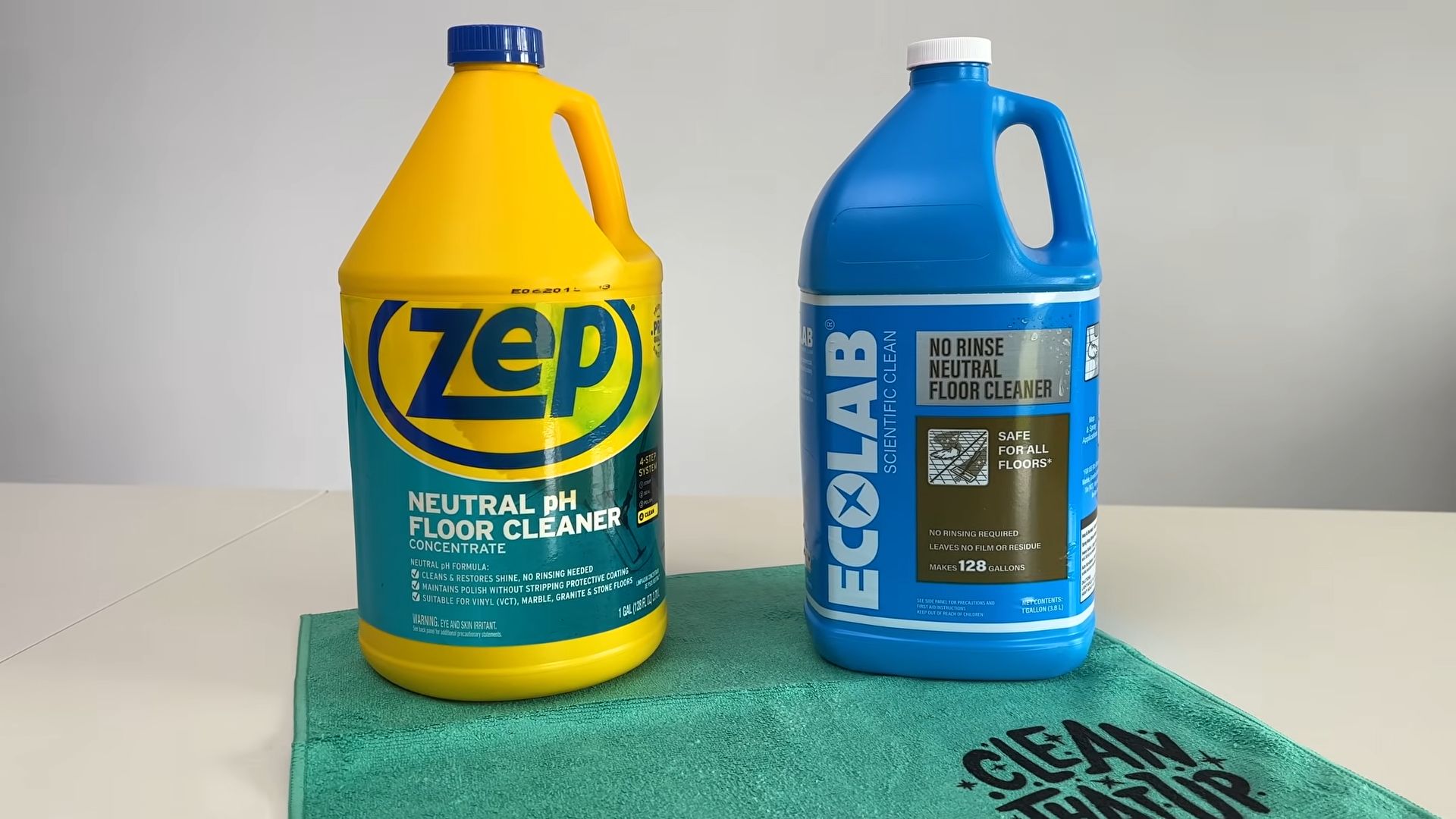
Making Your Own Cleaning Products: A Budget-Friendly & Eco-Friendly Guide
I’ve always been a bit of a cleaning fanatic, but the cost of store-bought cleaners started to really add up. Plus, I wasn’t thrilled with all the chemicals. So, I decided to take the plunge and start making my own! It’s been a fantastic journey, saving me money and giving me peace of mind knowing exactly what’s in my cleaning solutions. Here’s how you can do it too!
Essential Supplies:
- Spray bottles: I reuse old ones, but you can find inexpensive ones at most stores.
- Measuring cups and spoons: Accuracy is key for consistent results.
- Labels: Clearly label your creations to avoid confusion.
- Funnels (optional): Makes transferring liquids easier.
- Gloves: Protect your hands, especially when working with strong ingredients.
Basic Cleaning Solutions:
Before we dive into specific recipes, let’s cover some fundamental cleaning solutions you can make and use as a base for many other cleaners.
1. All-Purpose Cleaner:
- In a spray bottle, combine 1 cup of water, 1/4 cup white vinegar, and 1 tablespoon of castile soap (I prefer Dr. Bronner’s).
- Add 10-15 drops of your favorite essential oil (optional, for scent). Lemon, tea tree, and lavender are great choices.
- Shake well to combine. This cleaner works wonders on most surfaces, but always test it on an inconspicuous area first.
- Label clearly and store in a cool, dark place.
2. Disinfecting Solution:
- Combine 1 cup of water and 1/2 cup white vinegar in a spray bottle.
- Add 10-15 drops of tea tree essential oil (tea tree oil has natural disinfectant properties).
- Shake well before each use. This is effective against many common bacteria and viruses. Remember, always test on an inconspicuous area first.
- Important Note: While this is a natural disinfectant, it may not be as effective as commercial disinfectants. For particularly dirty or germ-ridden areas, consider using a stronger solution or a commercial disinfectant.
- Label clearly and store in a cool, dark place.
3. Glass Cleaner:
- Mix equal parts white vinegar and water in a spray bottle.
- Add a few drops of your favorite essential oil (optional). I like using lemon for its fresh scent.
- Shake well before each use. This simple solution leaves glass sparkling clean without streaks.
- Label clearly and store in a cool, dark place.
Specialized Cleaning Solutions:
Now let’s explore some more specialized cleaners you can easily whip up at home.
1. Bathroom Cleaner:
- In a spray bottle, combine 1/2 cup white vinegar, 1/4 cup baking soda, and 1 cup of hot water.
- Stir until the baking soda dissolves. You might need to gently shake it.
- Add 10-15 drops of tea tree essential oil (for its disinfectant properties) or eucalyptus oil (for a fresh scent).
- Spray on surfaces, let it sit for a few minutes, then scrub and rinse. This is great for tackling soap scum and mildew.
- Caution: Avoid using this on marble or other sensitive surfaces.
- Label clearly and store in a cool, dark place.
2. Toilet Bowl Cleaner:
- Pour 1 cup of white vinegar into the toilet bowl.
- Let it sit for at least 30 minutes, or even overnight for stubborn stains.
- Scrub with a toilet brush.
- Flush the toilet.
- For extra cleaning power, add a 1/2 cup of baking soda before pouring in the vinegar. The fizzing action helps to loosen grime.
- Label clearly (though this one is pretty self-explanatory!).
3. Laundry Detergent:
- Combine 1 cup of washing soda, 1 cup of borax, and 1 bar of grated castile soap in a large bowl.
- Mix thoroughly until well combined.
- Store in an airtight container. For each load of laundry, use 1-2 tablespoons of this mixture.
- Important Note: Adjust the amount used depending on the size of your load and the soil level of your laundry.
- Label clearly and store in a cool, dry place.
4. Floor Cleaner (for hard floors):
- In a bucket, mix 1/2 cup white vinegar, 1/4 cup castile soap, and 1 gallon of warm water.
- Mop your floors as usual. Rinse with clean water afterwards.
- This is suitable for most hard floors, but always test on an inconspicuous area first to ensure it doesn’t damage the surface.
- Important Note: Avoid using this on waxed floors.
- Label clearly.
Tips and Tricks:
- Always test your homemade cleaners on a small, inconspicuous area before using them on a large surface.
- Store your homemade cleaners in clearly labeled bottles to avoid confusion.
- Experiment with different essential oils to find your favorite scents.
- Don’t be afraid to adjust the recipes to suit your needs and preferences.
- Remember that homemade cleaners may not be as powerful as commercial products, so you may need to scrub a little harder sometimes.
Making your own cleaning products is a rewarding experience. It’s a great way to save money, reduce your environmental impact, and have complete control over the ingredients you’re using in your home. Happy cleaning!
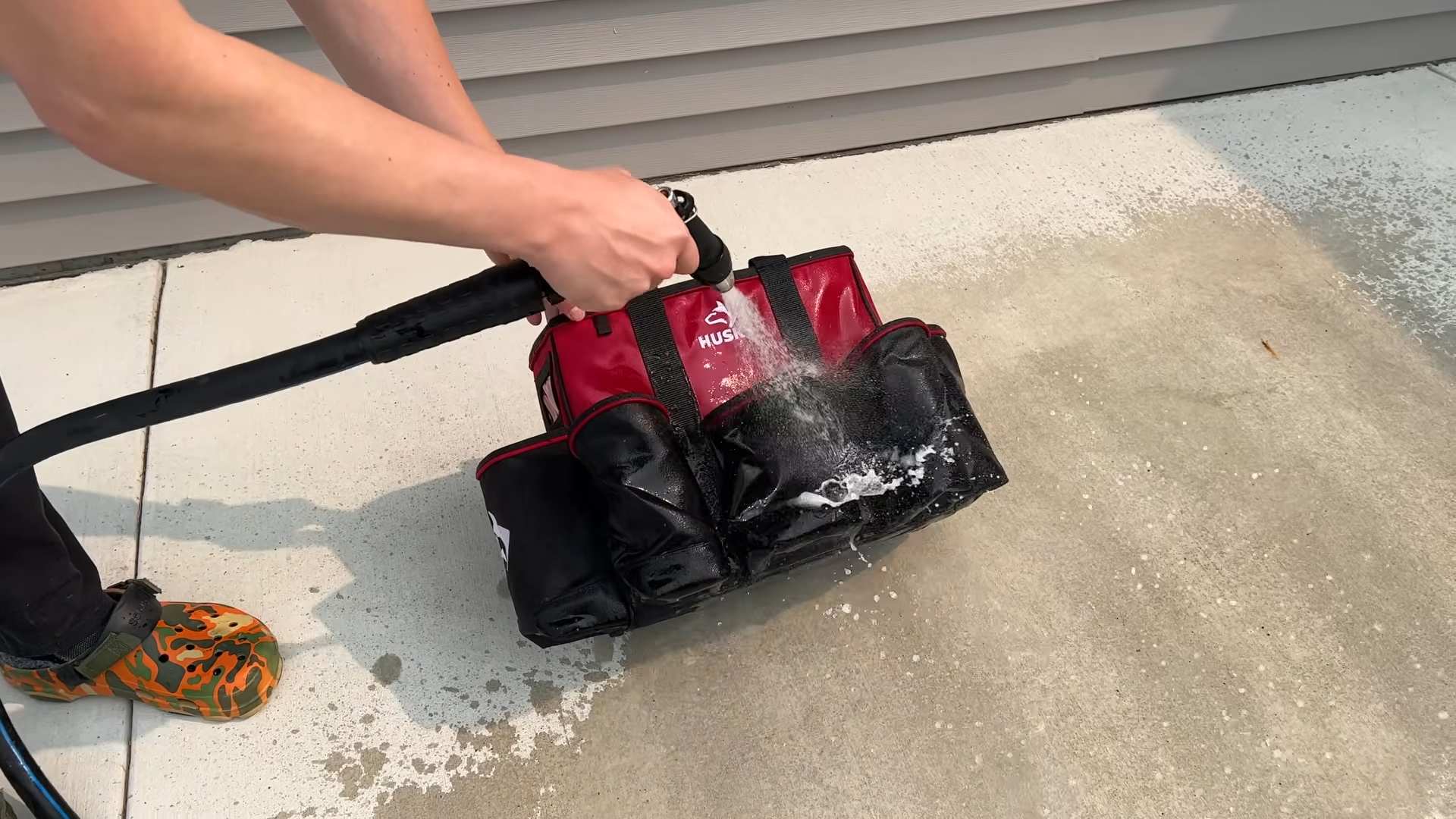
Conclusion
So there you have it! A comprehensive guide to crafting your own effective and affordable DIY cleaning products. This isn’t just about saving money; it’s about taking control of what you’re using to clean your home and reducing your environmental impact. By making your own cleaning solutions, you eliminate the mystery surrounding harsh chemicals and potentially harmful ingredients found in many commercial products. You gain the satisfaction of knowing exactly what’s in your cleaning agents, and you can tailor them to your specific needs and preferences. This DIY approach is a must-try for anyone looking for a healthier, more sustainable, and ultimately more satisfying way to keep their home sparkling clean. The initial investment in ingredients is minimal, and the long-term savings and benefits far outweigh the small effort required.
Beyond the basic recipes provided, the possibilities for customization are endless. Experiment with different essential oils to create your own signature scents. For example, add a few drops of lemon essential oil for a fresh, uplifting aroma, or lavender for a calming and relaxing effect. If you have sensitive skin, consider diluting your solutions further or opting for gentler ingredients like white vinegar instead of harsher options. For tougher stains or grime, you might increase the concentration of your cleaning agents, always testing a small, inconspicuous area first. Don’t be afraid to get creative and adapt these recipes to suit your specific cleaning needs and the surfaces you’re working with. Perhaps you’ll discover a new favorite cleaning concoction that becomes a staple in your cleaning arsenal!
We encourage you to try these DIY cleaning products and share your experiences with us! Let us know which recipes you found most effective, what variations you experimented with, and any tips or tricks you discovered along the way. Your feedback will help inspire others to embark on their own DIY cleaning journey and contribute to a cleaner, greener future. Join the growing community of individuals embracing the power of homemade cleaning solutions and experience the many benefits firsthand. Share your successes (and even your minor mishaps!) on social media using #DIYCleaningRevolution and tag us – we’d love to see your creations and hear your stories. Remember, cleaning doesn’t have to be a chore; it can be a rewarding and empowering experience when you take control of the process and create your own effective and eco-friendly solutions.
Making your own DIY cleaning products is a simple yet powerful step towards a healthier home and a more sustainable lifestyle. It’s a win-win situation: you save money, protect your family’s health, and contribute to a greener planet. So, what are you waiting for? Get started today and discover the joy of cleaning the natural way!
Frequently Asked Questions
What are the essential ingredients for making DIY cleaning products?
The core ingredients for most DIY cleaning products are readily available and inexpensive. These typically include white vinegar (a powerful natural cleaner and deodorizer), baking soda (a gentle abrasive and deodorizer), lemon juice (a natural disinfectant and degreaser), and water. Essential oils can be added for fragrance and added cleaning benefits, but are not essential to the cleaning efficacy of the solutions themselves.
Are DIY cleaning products as effective as commercial products?
For many cleaning tasks, DIY cleaning products are just as effective, if not more so, than their commercial counterparts. The effectiveness depends on the specific recipe and the task at hand. For tough stains or heavily soiled areas, you may need to pre-treat or increase the concentration of your DIY solution. However, for everyday cleaning, these homemade recipes are surprisingly powerful and effective at removing dirt, grime, and grease.
Are DIY cleaning products safe for all surfaces?
While generally safe, it’s crucial to test your DIY cleaning solutions on a small, inconspicuous area of any surface before applying them liberally. Some surfaces, such as certain types of wood or delicate fabrics, may be sensitive to acidic solutions like vinegar. Always refer to the manufacturer’s cleaning instructions for specific surfaces to avoid damage. When in doubt, err on the side of caution and test a small area first.
How long can I store my DIY cleaning products?
The shelf life of your DIY cleaning products depends on the ingredients and storage conditions. Generally, solutions stored in airtight containers in a cool, dark place will last for several weeks or even months. However, it’s always a good idea to check for any signs of spoilage, such as unusual odors or cloudiness, before using them. If you notice anything unusual, it’s best to discard the solution and make a fresh batch.
Can I use these DIY cleaning products on all parts of my house?
While these recipes are versatile, some may be better suited for specific areas than others. For example, a baking soda and vinegar paste is excellent for scrubbing bathroom tiles, while a diluted vinegar solution is ideal for cleaning glass surfaces. Always consider the specific cleaning needs of each area and choose the appropriate DIY cleaning product accordingly. Remember to always test a small area first before applying to a larger surface.
What if I don’t have all the ingredients listed in a recipe?
Don’t worry if you don’t have all the ingredients listed for a particular recipe. Many of the recipes are adaptable. You can often substitute ingredients or omit certain ones without significantly impacting the effectiveness of the cleaning solution. For example, if you don’t have essential oils, you can simply leave them out. However, always prioritize safety and avoid substituting ingredients that could create a harmful chemical reaction.
Where can I find the ingredients to make these DIY cleaning products?
Most of the ingredients for these DIY cleaning products are readily available at your local grocery store, pharmacy, or health food store. White vinegar, baking soda, and lemon juice are common household staples. Essential oils can be found in many health food stores or online retailers. The ingredients are generally inexpensive and easy to find, making this a budget-friendly and accessible cleaning solution for everyone.

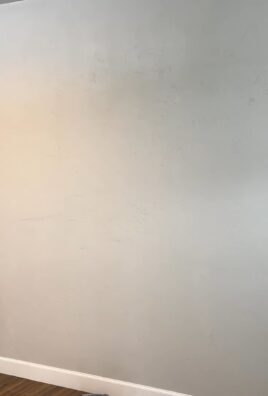
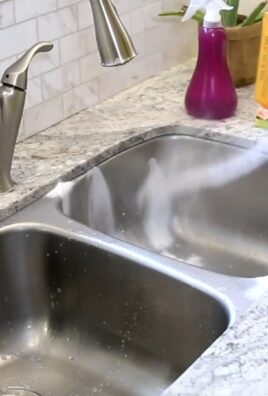
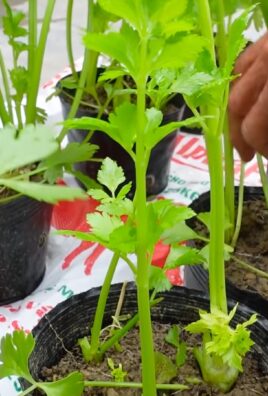
Leave a Comment